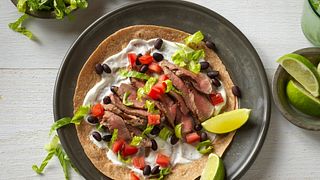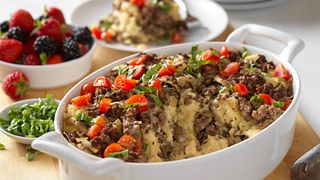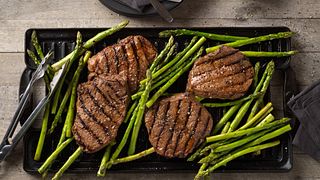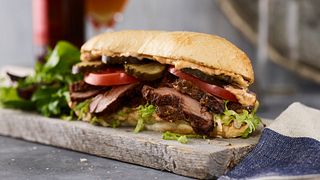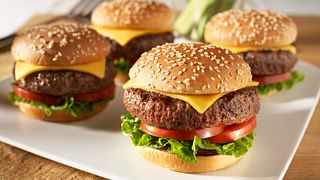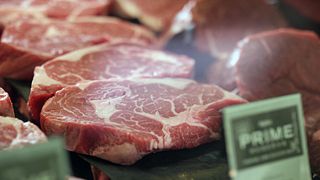Understanding How Millennials Define “High-Quality” Beef when Dining Out
October 2, 2019
When it comes to dining out, current consumer demand for high-quality protein is an important factor influencing diner decisions. Millennials guide these trends, as they’re likely to spend more money dining out and less time preparing food at home than other major demographic groups1. This group of consumers, in general, dine out more and are more likely to choose a dining location based on the overall experience it provides. Therefore, Millennials require a special focus when it comes to high-quality protein, like beef, and the dining experience.
Survey research, conducted by the Beef Checkoff, revealed how Millennial consumers define “high-quality” beef and how foodservice operators can appeal to this segment through their beef offerings and their menu descriptors2. In this survey, Millennial consumers were asked a variety of questions which explored their associations and preferred descriptors for high-quality beef, as well as which preparation methods and cuts they feel best indicate quality.

Overall, results showed respondents associate taste, freshness and ingredients with quality food in restaurants. Specific to beef, taste and freshness are top associations for quality along with tenderness, juiciness and USDA quality grade.
Moreover, the survey revealed additional influences that play into Millennial consumer’s perceptions of high-quality beef. In a menu viewing exercise, consumers were asked to select top descriptors of quality related to preparation or cooking method. Menu descriptors, such as “wood fired,” “seared,” and “slow roasted” appealed best to respondents. Learnings from this menu exercise indicate that highlighting preparation or cooking method of the beef menu item can be just as helpful as highlighting the taste, tenderness, and juiciness, when elevating the dish in the minds of consumers.
Not surprisingly, some cuts of beef are considered higher-quality than others. Specifically, consumers rate the Filet Mignon (Tenderloin Filet) as the highest quality cut of beef, followed by the Sirloin and several other top cuts.
However, it’s not just the written menu descriptor or the cut that are considered critical to a high-quality restaurant beef meal.
Survey respondents were also asked to assess a variety of beef images. Images which reflected special care or focus on the overall eating experience performed best. Other images that performed well included thick cuts, beef cooked to the right level of doneness or those exemplifying the bright, cherry-red color fresh beef is known for prior to cooking. The most popular images often featured beef that glistened or appeared juicy.
In response to an image included in the survey, one consumer stated, “The meat looks full, juicy. Looks like a lot of care was put in to the preparation of the food and not just thrown on the plate.” Another noted, “Looks like they're being intentional about how the product is being cooked and presented. They also look like good cuts of meat.” Consequently, aesthetic appearance of menu images can be just as instrumental in highlighting beef’s quality and the expected dining experience as written menu descriptors.
"The meat looks full, juicy. Looks like a lot of care was put in to the preparation of the food and not just thrown on the plate."
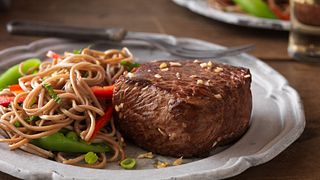
Beef is a top contender for high-quality protein for consumers dining out and it drives higher check averages in restaurants3. To differentiate from the competition and capitalize on beef’s value proposition, foodservice operators can consider these insightful findings when writing and designing menus.
- Millennial Food Purchase Decisions Report, US Department of Agriculture, 2017
- Foodservice Quality Research, National Cattleman’s Beef Association, February 2016
- Chef and Beef Value Study (Datassential)
